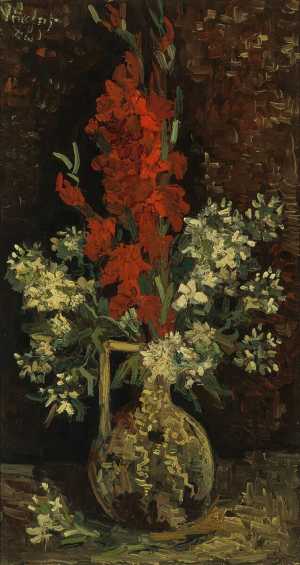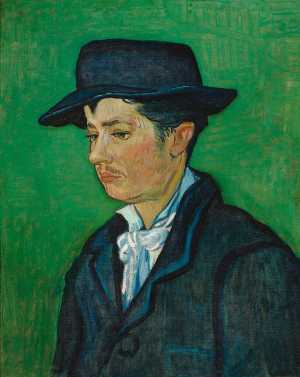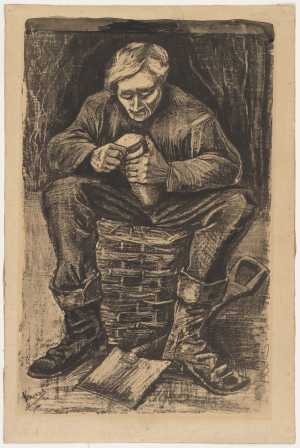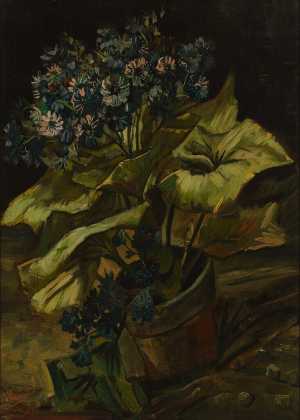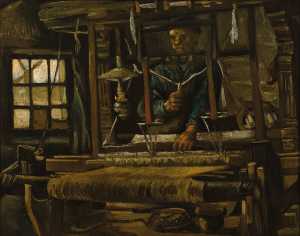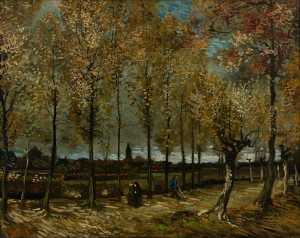Vincent van Gogh was the son of a minister and a preacher himself for a while. After he was dismissed in 1880 from his position as preacher in the poor mine region of Borinage in Belgium, he chose the life of an artist. Until 1886 Van Gogh wandered round the Netherlands. His paintings from this period are dark in tone and examples of the difficult life of a peasant. In 1886, Van Gogh left for Paris where his brother Theo had a gallery. He got to know artists such as Toulouse-Lautrec, Seurat and Gauguin, and these had considerable influence on his work. His colour palette became lighter and he experimented with an impressionistic style of painting. In 1888, Van Gogh settled in Arles; his friend Gauguin would later follow him there. Here, Van Gogh's mental health deteriorated, which led, among other things, to the famous incident when he cut off a piece of his ear. He left around 1250 paintings and 1000 water colours, sketches and drawings, and also an extensive correspondence with his brother Theo.

Vincent van Gogh
Zundert 1853 - Auvers-sur-Oise 1890




